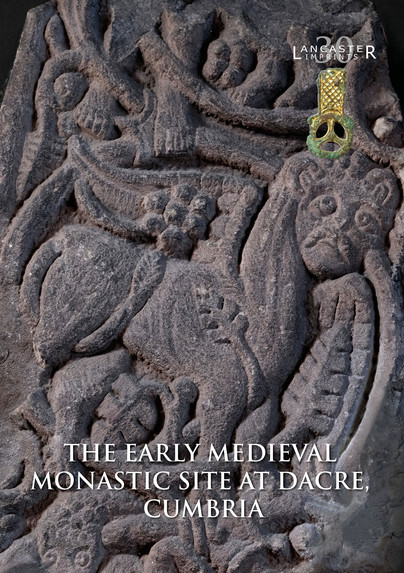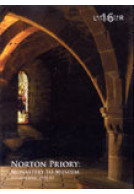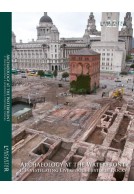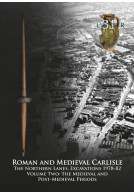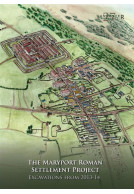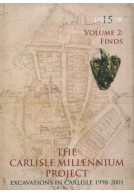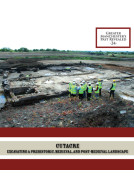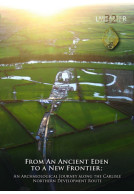The Early Medieval Monastic Site at Dacre, Cumbria (Paperback)
Imprint: Oxford Archaeology North
Series: Lancaster Imprints
Pages: 198
Illustrations: 114
ISBN: 9781907686375
Published: 28th March 2022
Script Academic
Series: Lancaster Imprints
Pages: 198
Illustrations: 114
ISBN: 9781907686375
Published: 28th March 2022
Script Academic
You'll be £22.50 closer to your next £10.00 credit when you purchase The Early Medieval Monastic Site at Dacre, Cumbria. What's this?
+£4.99 UK Delivery or free UK delivery if order is over £40
(click here for international delivery rates)
Order within the next 4 hours, 9 minutes to get your order processed the next working day!
Need a currency converter? Check XE.com for live rates
(click here for international delivery rates)
Order within the next 4 hours, 9 minutes to get your order processed the next working day!
Need a currency converter? Check XE.com for live rates
Dacre is rare in having documentary evidence for an early medieval monastery, mentioned by the Venerable Bede in 731, and in the 12th century, William of Malmesbury thought that it was where King Æthelstan of Wessex met the northern and western lords in 927. High-quality early sculptural fragments and a substantial stone drain had also been found in the 19th and early 20th centuries.
Excavations were undertaken in 1982–5, to the north and south of the parish church, and to the west of the churchyard, providing important information about its origins. A substantial early medieval cemetery of more than 200 graves was found to the north, with some burials in chests with iron fittings. Two structures were excavated to the west of this, one, with a rounded eastern end, containing a hearth made from a millstone. This was associated with a substantial assemblage of fine metalwork, loomweights, and vessel and window glass,
and several Northumbrian coins were also found. The drain in the southern churchyard was re-excavated, demonstrating that it was constructed of reused Roman stones, probably from a bridge or mill. An early ditched boundary was also identified, circling the south and west sides of the medieval churchyard, which seems to have followed its line.
The early cemetery was later partially covered by a medieval farmstead, consisting of at least three buildings, one with a well-made fireplace. This had become derelict by the 15th/16th century, when the village either shrank or moved to the west, leaving the site very much as it is today.
Other titles in the series...
Other titles in Oxford Archaeology North...







